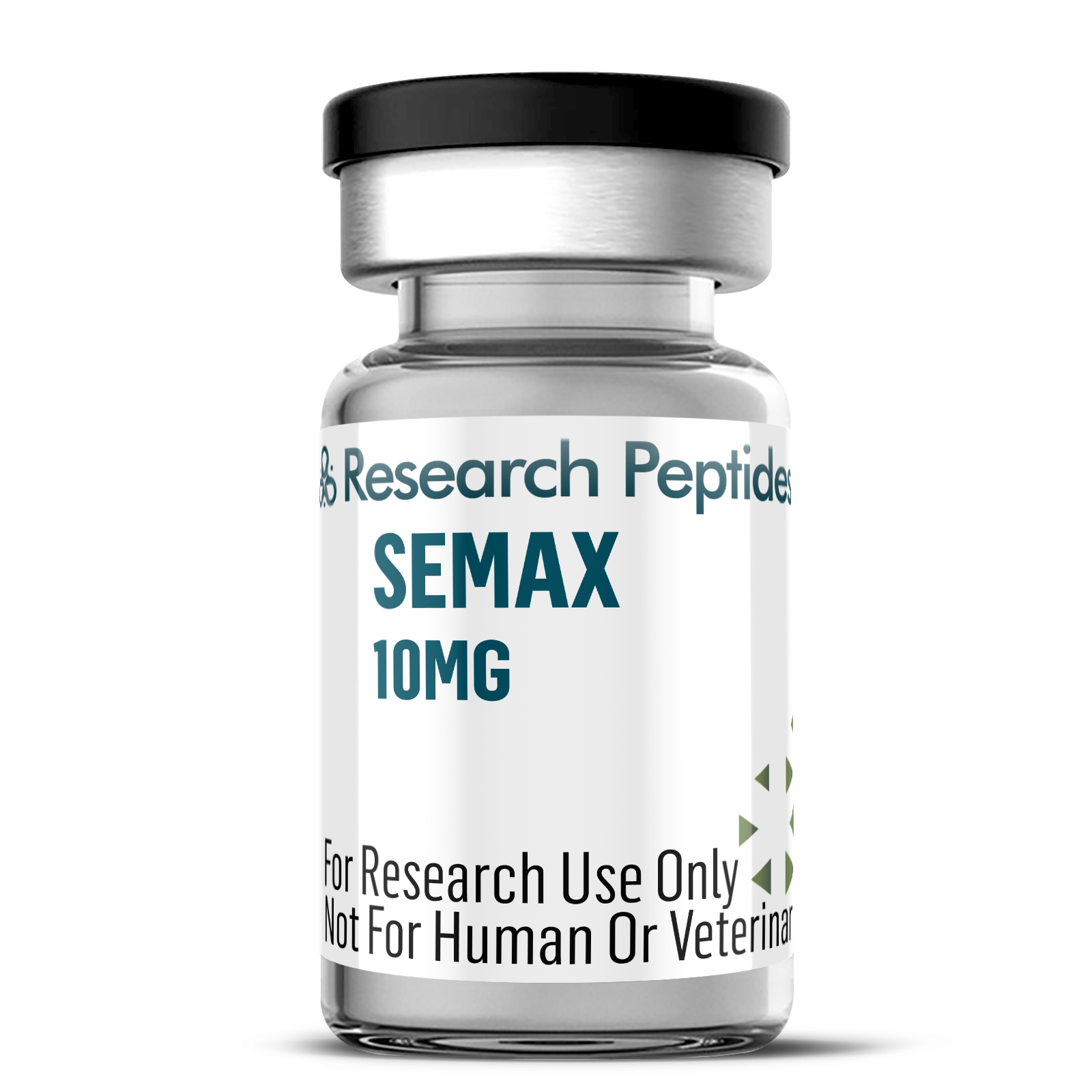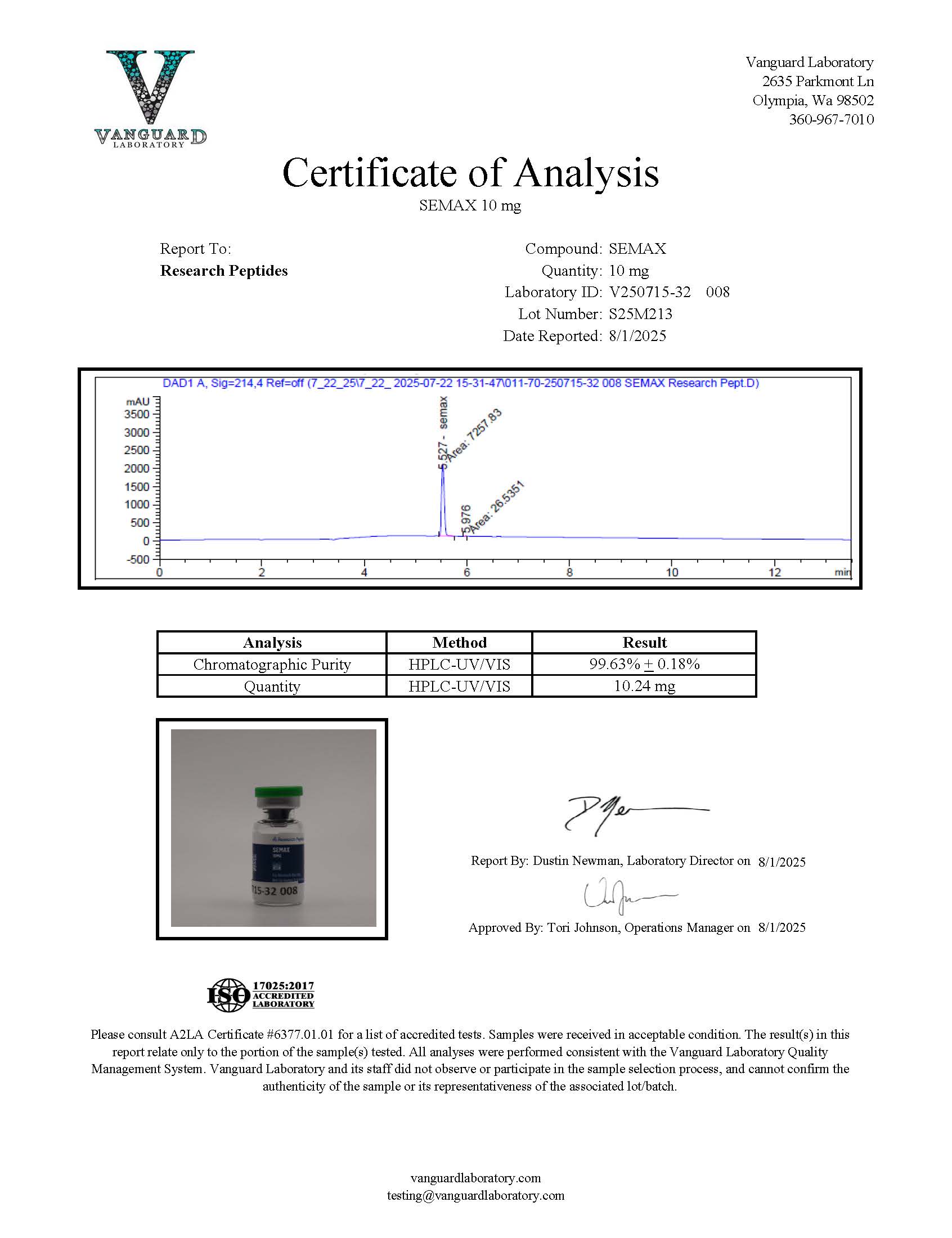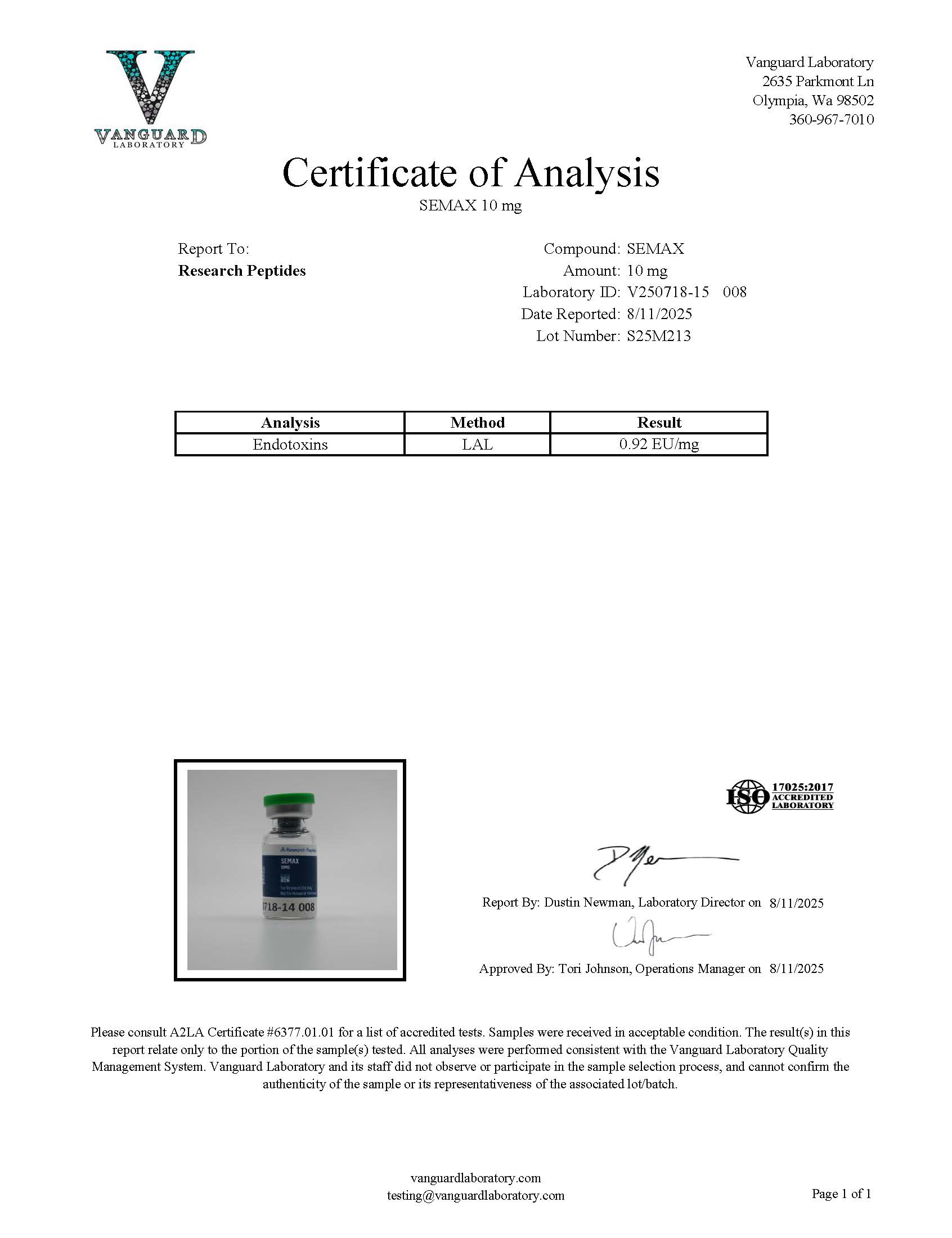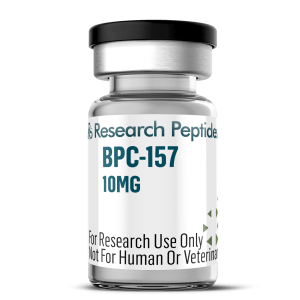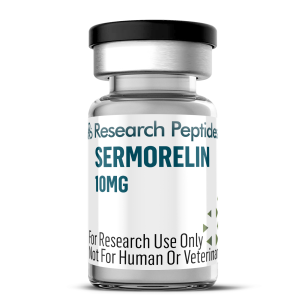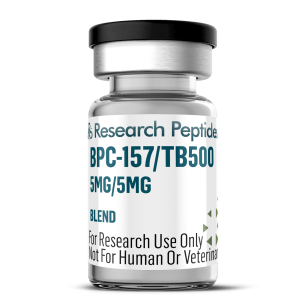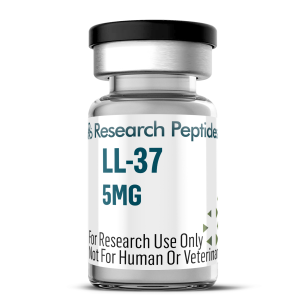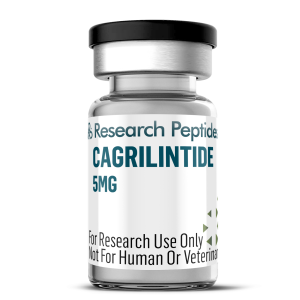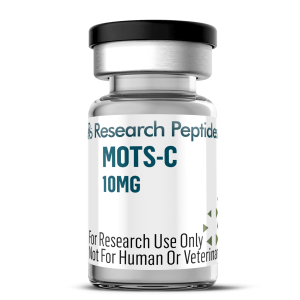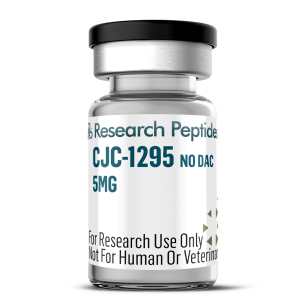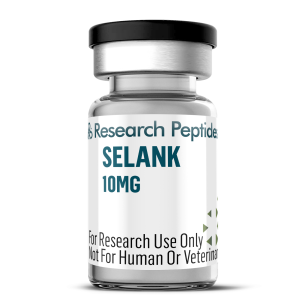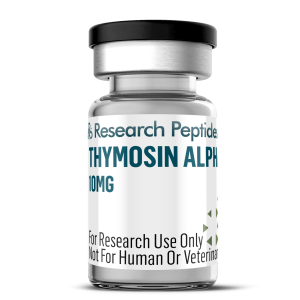What is Semax?
Semax is a high-purity synthetic heptapeptide, an analogue of adrenocorticotropic hormone (ACTH) fragment 4-10, designed exclusively for laboratory research. With the sequence Met-Glu-His-Phe-Pro-Gly-Pro, Semax is utilized to investigate neuroprotective, nootropic, and stress-regulatory mechanisms. Supplied as a lyophilized powder for reconstitution, Semax provides researchers with a precise tool to study its effects on cognitive function, neuroprotection, and metabolic regulation in experimental models.
Semax Structure
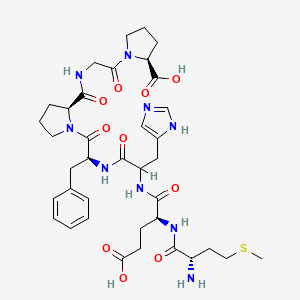
Molecular Formula
Synonyms
- DTXSID601001439
- Q4415058
- L-Methionyl-L-alpha-glutamylhistidyl-L-phenylalanyl-L-prolylglycyl-L-proline
- (2S)-1-[2-([(2S)-1-[(2S)-2-([2-([(2S)-2-([(2S)-2-amino-4-methylsulfanylbutanoyl]amino)-5-hydroxy-5-oxopentanoyl]amino)-3-(1H-imidazol-5-yl)propanoyl]amino)-3-phenylpropanoyl]pyrrolidine-2-carbonyl]amino)acetyl]pyrrolidine-2-carboxylic acid
Research Applications:
Semax is extensively studied in preclinical research for its potential to enhance cognitive performance, reduce stress-induced metabolic disturbances, and support tissue repair in cellular and animal models. Investigations focus on its ability to modulate brain-derived neurotrophic factor (BDNF) and serotonin levels, which may mitigate stress-related overeating, supporting weight management studies. Research also explores its neuroprotective and anti-inflammatory effects, which could aid muscle recovery by reducing oxidative stress and inflammation associated with exercise or injury. Its role in improving mitochondrial function and metabolic health makes Semax a key compound for research into overall health, stress resilience, and recovery processes.
Research Links:
-
Dolotov, O. V., et al. (2006). “Semax, an analogue of ACTH(4-10), induces the expression of brain-derived neurotrophic factor in rat brain.” Neuroscience Letters, 403(1-2), 170-175. https://pubmed.ncbi.nlm.nih.gov/16750888/
-
Investigates Semax’s role in BDNF expression, relevant to stress reduction and metabolic health.
-
-
Shadrina, M. I., et al. (2001). “Neuroprotective effects of Semax in a model of ischemic brain injury in rats.” Bulletin of Experimental Biology and Medicine, 131(6), 533-536. https://pubmed.ncbi.nlm.nih.gov/11586391/
-
Examines Semax’s neuroprotective effects, with implications for muscle recovery and health.
-
-
Levitskaya, N. G., et al. (2004). “Semax prevents stress-induced behavioral changes and modulates immune responses in rats.” Journal of Neuroimmunology, 149(1-2), 182-189. https://pubmed.ncbi.nlm.nih.gov/15020077/
-
Studies Semax’s effects on stress and immune function, supporting weight management research.
-
-
Myasoedov, N. F., et al. (1999). “The influence of Semax on the antioxidant status of brain tissue under stress conditions.” Neuroscience and Behavioral Physiology, 29(4), 419-423. https://pubmed.ncbi.nlm.nih.gov/10582222/
-
Explores Semax’s antioxidant effects, relevant to muscle recovery and oxidative stress reduction.
-
-
Storozhevykh, T. P., et al. (2007). “Semax enhances mitochondrial function and protects neurons in vitro.” Mitochondrion, 7(4), 283-288. https://pubmed.ncbi.nlm.nih.gov/17409004/
-
Investigates Semax’s effects on mitochondrial function, supporting metabolic and recovery research.
-
Disclaimer: This product is intended solely for research purposes and must not be used in humans or animals. Purchaser assumes full responsibility for safe and compliant use.

